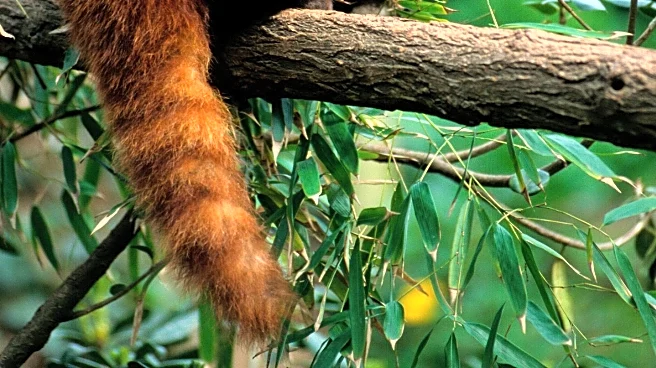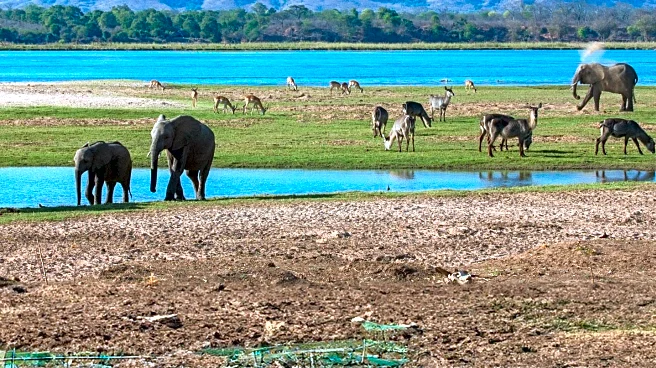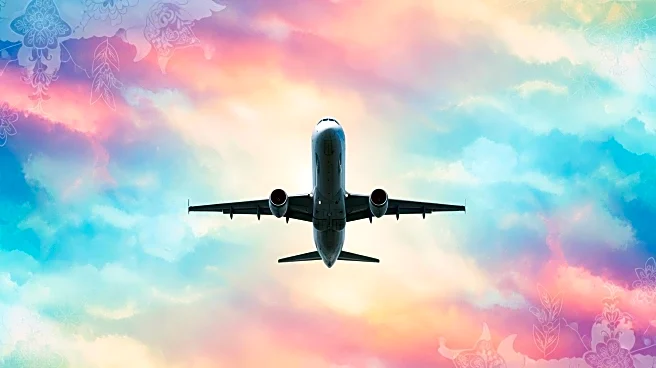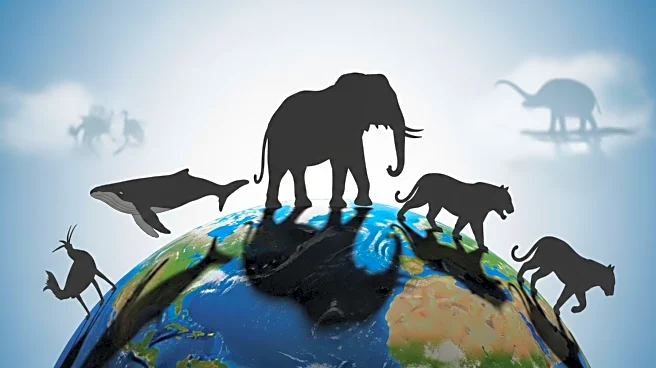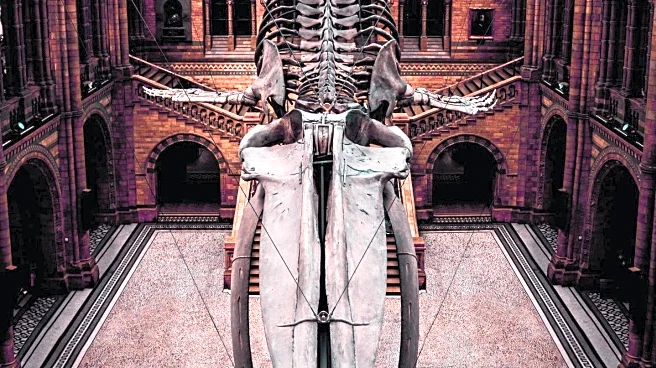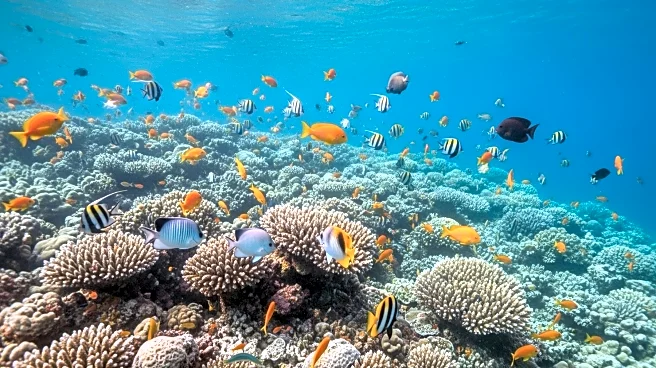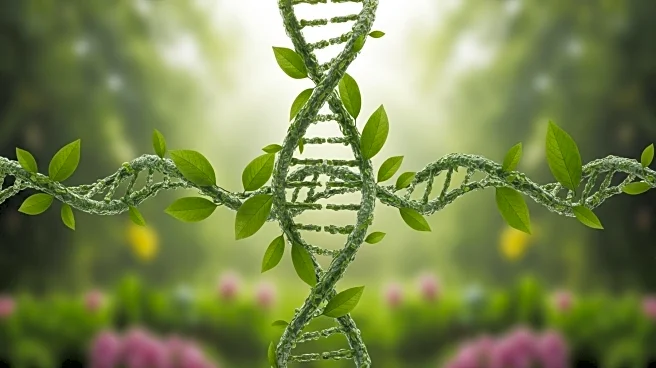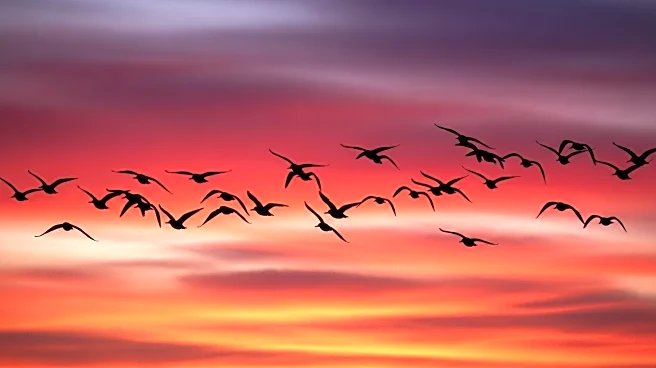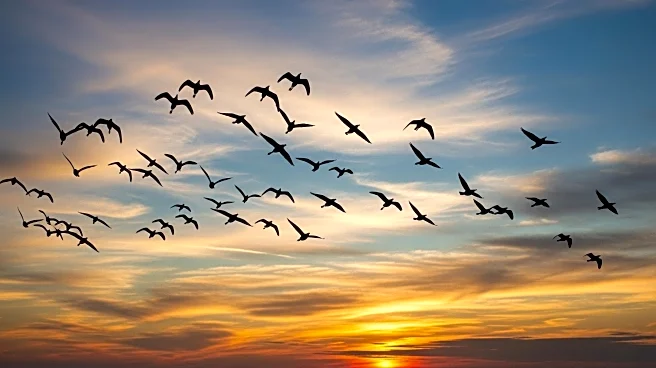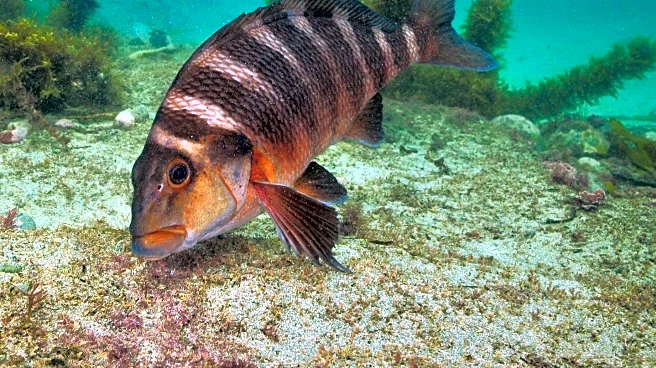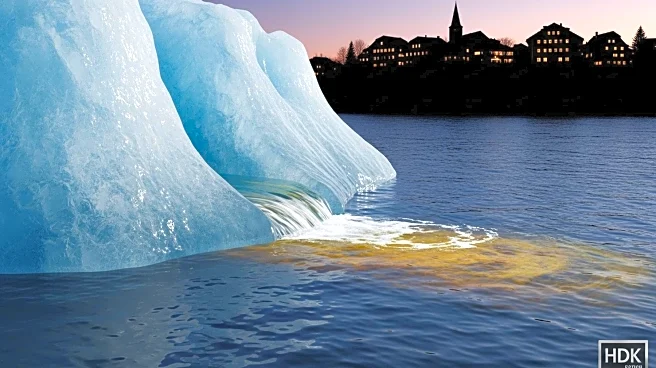What is the story about?
What's Happening?
The International Union for Conservation of Nature (IUCN) is set to unveil its updated 'red list' of threatened species during its world congress in Abu Dhabi. The list ranks plant and animal species from 'least concern' to 'extinct,' highlighting the ongoing decline in global biodiversity. The congress will address the impact of habitat destruction, climate change, and pollution on species, with corals and amphibians among the most affected. The IUCN's decisions play a crucial role in setting the global agenda for environmental protection, and the congress will vote on resolutions that, while not legally binding, can influence international treaties and conservation efforts.
Why It's Important?
The updated red list serves as a critical tool for understanding the state of global biodiversity and prioritizing conservation efforts. It provides valuable data for policymakers, researchers, and conservationists, helping to guide actions to protect endangered species and ecosystems. The congress's discussions and resolutions can accelerate international efforts to address biodiversity loss, influencing policy and funding decisions. The focus on synthetic biology and its potential role in conservation highlights the intersection of technology and environmental protection, offering new avenues for preserving biodiversity.
What's Next?
The IUCN congress will see debates on synthetic biology, with votes on motions that could shape its role in conservation. The outcomes may influence future research and policy decisions regarding genetic engineering and its compatibility with conservation values. The congress's resolutions could lead to increased collaboration among governments, NGOs, and Indigenous groups, fostering a more unified approach to biodiversity protection. As the red list is updated, conservation strategies may be adjusted to address newly identified threats, guiding future efforts to preserve at-risk species.
Beyond the Headlines
The congress highlights the ethical considerations of using synthetic biology in conservation, raising questions about the balance between technological innovation and natural preservation. It also underscores the urgency of addressing biodiversity loss, as the decline in species impacts ecosystems and human societies. The event may prompt broader discussions on the role of conservation in sustainable development, emphasizing the need for integrated approaches that consider environmental, social, and economic factors.
AI Generated Content
Do you find this article useful?
